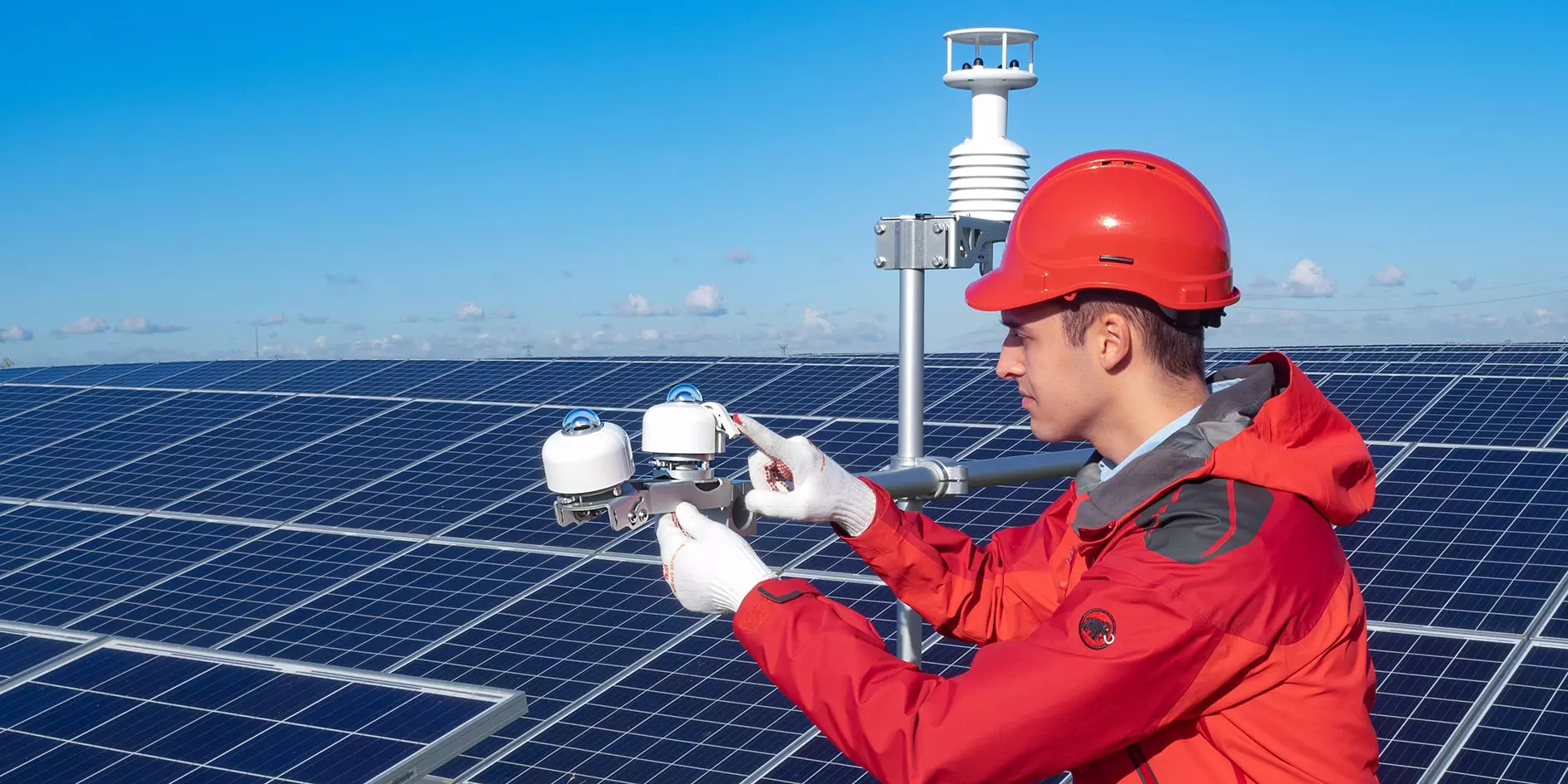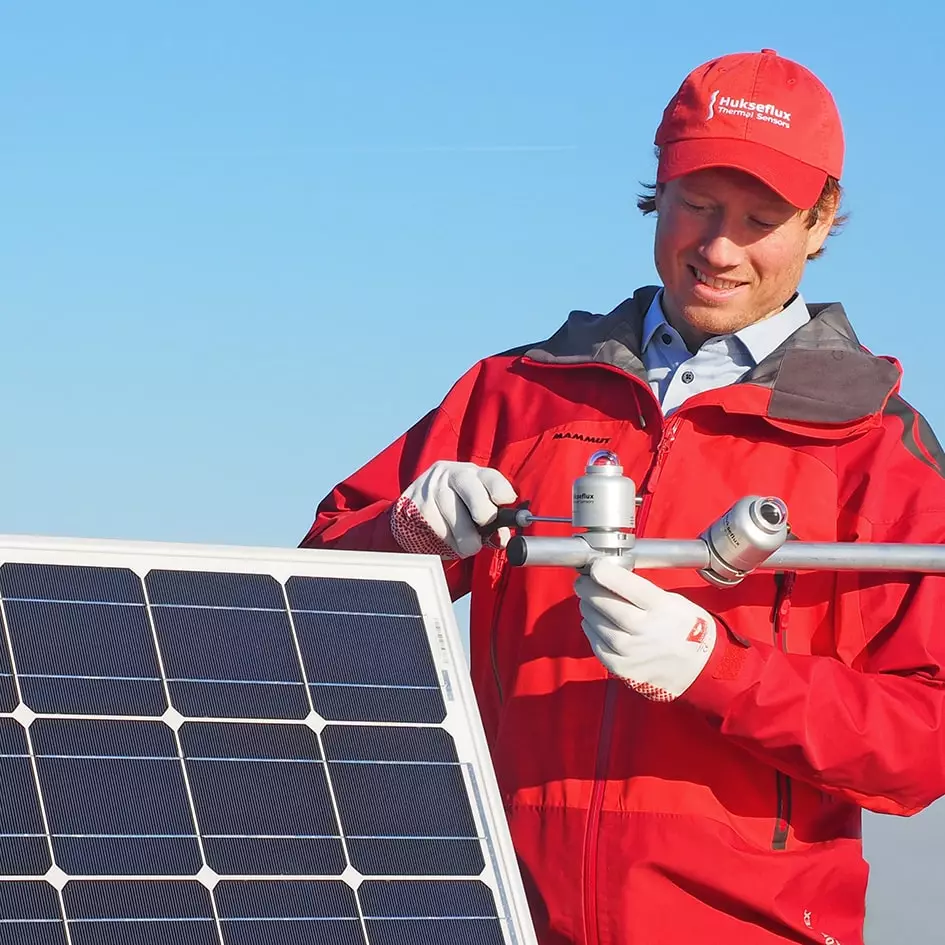Roof Reflective Testing: The Role of Albedometers in Building Energy Efficiency
Introduction
The reflective properties of roofs can significantly impact a building’s energy consumption and thermal comfort. In this article, we will explore the concept of roof reflective testing, how it relates to building energy efficiency, and the importance of using albedometers to obtain accurate measurements.

Understanding Roof Reflectivity and Its Impact on Energy Efficiency
Roof reflectivity, also known as albedo, refers to the ability of a roof’s surface to reflect sunlight. A higher albedo means that a larger portion of solar radiation is reflected away from the building, reducing the amount of heat absorbed by the roof. This can lead to lower indoor temperatures and reduced cooling loads during hot summer months.
The American Council for an Energy-Efficient Economy (ACEEE) states that increasing roof reflectivity can result in significant energy savings, especially in hot climates. By reducing the amount of heat absorbed by the roof, the demand for air conditioning can be lowered, resulting in decreased energy consumption and lower utility bills.
Roof Reflective Testing and Its Importance
Roof reflective testing is the process of measuring the albedo of a roof surface to determine its ability to reflect solar radiation. This information can be used by architects, engineers, and building owners to make informed decisions about roofing materials and design strategies that improve energy efficiency and thermal comfort.
Testing the reflectivity of a roof is essential for:
- Optimizing building design: Understanding the albedo of a roof can help architects and engineers select the most suitable roofing materials for a specific climate, leading to optimized building performance and energy efficiency.
- Evaluating roofing products: Roofing manufacturers can use reflective testing to assess the performance of their products and demonstrate their energy-saving potential to customers.
- Monitoring roof performance: Periodic reflective testing can help building owners identify potential issues, such as dirt accumulation or aging materials, that may reduce the albedo of their roof and impact its energy performance.

Albedometers: The Key to Accurate Roof Reflective Testing
Albedometers are specialized instruments designed to measure the albedo of a surface by comparing the incoming and reflected solar radiation. They typically consist of two pyranometers mounted back-to-back, with one facing upward to measure the incoming solar radiation and the other facing downward to measure the reflected radiation. The ratio of reflected to incoming radiation gives the albedo value.
Albedometers provide accurate and reliable measurements of roof reflectivity, making them an essential tool for roof reflective testing. By using an albedometer, building professionals can obtain the data they need to make informed decisions about roofing materials and design strategies that improve energy efficiency and thermal comfort.

Conclusion
Roof reflective testing is a crucial aspect of optimizing building energy efficiency and thermal comfort. By measuring the albedo of a roof using albedometers, building professionals can make informed decisions about roofing materials and design strategies that minimize heat absorption and reduce energy consumption. As the demand for sustainable and energy-efficient buildings continues to grow, roof reflective testing and albedometers will play a vital role in helping architects, engineers, and building owners create comfortable and efficient living and working spaces.
Related Article
Stay up to date with the industry.
